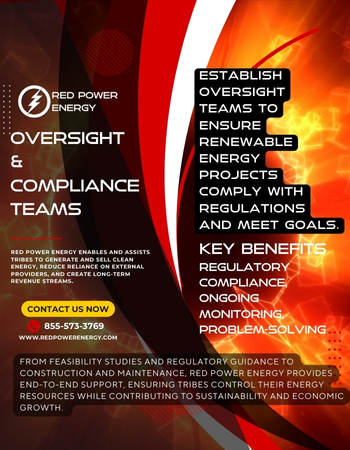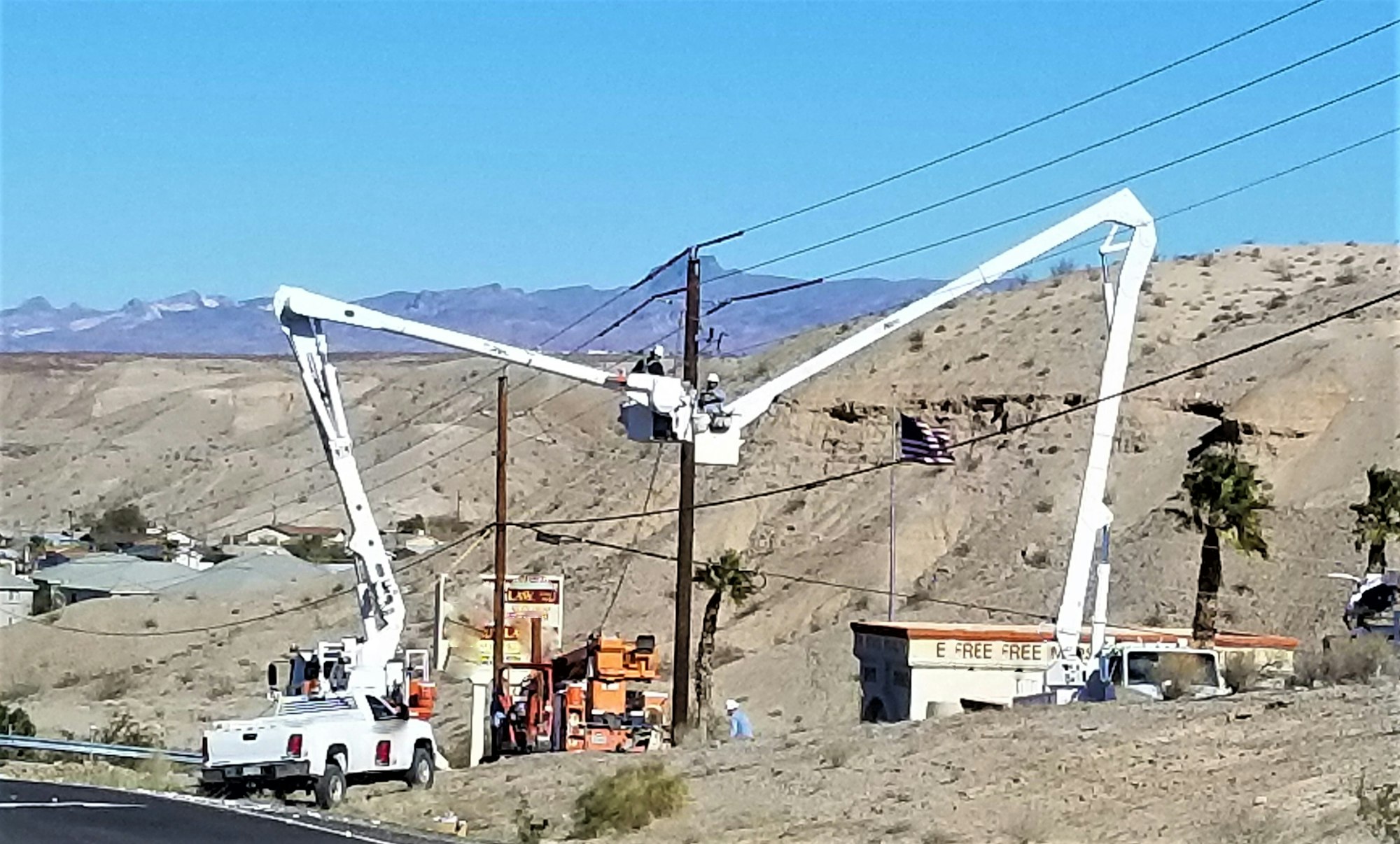The Complete Guide to Solar Interconnection with the Grid
Connecting solar photovoltaic (PV) systems to the electrical grid is a critical step in making renewable energy work for homeowners, businesses, and communities. This comprehensive guide aims to provide everything you need to understand about the solar interconnection process, from application procedures to safety considerations and the benefits of net metering. Our goal is to make sure that you are fully equipped to make informed decisions when installing a solar energy system and connecting it to your local utility grid.
Understanding Solar Interconnection
Solar interconnection is the process by which a solar energy system is linked to the public utility grid, allowing the electricity generated by the solar panels to be distributed and utilized effectively. The grid interconnection process facilitates the seamless flow of excess solar energy into the grid and enables consumers to use electricity from the utility when their solar system is not producing enough power.
The importance of proper interconnection cannot be understated. Not only does it maximize the economic benefits of solar installations, but it also ensures that utility workers and the public remain safe while maintaining the reliability of the broader electrical grid.
Key Benefits of Connecting Solar to the Grid
The Solar Interconnection Process
The process of solar PV interconnection generally involves several steps that must be followed to comply with regulations and ensure that your system operates safely and efficiently.
1. Application to the Utility Company
Before any solar system can be connected to the grid, you need approval from the local utility company. This is done through an interconnection application, which includes technical specifications of the system, such as the solar inverter type, capacity, and any safety devices used.
Utility companies will evaluate the application to ensure that the proposed system will not pose risks to the existing electrical infrastructure. If your system meets the requirements, you will be granted permission to connect.
2. Permitting and Inspection
Interconnecting solar requires acquiring various permits from local authorities, which can include electrical permits and building permits. After the solar system is installed, a certified inspector will examine the installation to confirm that it meets all applicable codes and standards. Only after receiving all necessary approvals can the system be connected to the grid.
3. Installation of the Interconnection System
The installation of the interconnection system involves integrating an inverter to convert the direct current (DC) generated by solar panels into alternating current (AC), which is used in homes and businesses. A bi-directional meter is also installed to track both the electricity consumed from the grid and the surplus power sent back.
4. Safety Protocols
Safety is a primary concern when connecting any generation source to the utility grid. Solar systems must be equipped with anti-islanding protection, which automatically shuts down the solar array during grid outages. This ensures that utility workers are not exposed to live electricity while performing maintenance.
5. Final Utility Approval
After the system has been installed and inspected, the utility will perform a final review and may conduct their own inspection before giving the approval to operate (ATO). Once you receive ATO, your solar system is officially connected to the grid and can start feeding energy back.
















Net metering is a crucial policy that makes solar energy more economically viable for homeowners and businesses. With net metering, any excess energy that your solar panels produce is sent to the grid, and you receive credits that reduce your electricity bill. Let’s explore net metering in more depth:
1. How Net Metering Works
When your solar energy system produces more power than your home or business uses
, the excess energy is sent to the grid, and your utility meter runs backwards. This creates credits that offset the cost of electricity that you use when your system isn’t generating enough power (e.g., at night or during cloudy weather).
2. Types of Net Metering Policies
Net metering policies vary by state and by utility company. Some of the most common types include:
3. Advantages of Net Metering
Utility Interconnection Requirements and Considerations
Different utility companies may have specific requirements and standards for solar interconnection. Below are some of the key considerations that homeowners and installers need to keep in mind when planning a solar project:
1. System Size Limits
Many utilities have maximum system size limits for solar installations. This limit is usually based on your historical energy consumption, ensuring that the solar system is appropriately sized for your property’s needs.
2. Safety Devices
For the protection of utility workers and the grid, solar installations must have specific safety devices such as rapid shutdown capabilities, automatic disconnect switches, and anti-islanding protection mechanisms.
3. Interconnection Fees
Utilities may charge an interconnection fee to cover administrative costs and the cost of conducting inspections. The fees vary, depending on the size of your solar installation and the type of interconnection.
4. Insurance Requirements
Some utilities may require that property owners carry additional liability insurance if they wish to interconnect a solar system to the grid. This insurance provides coverage in case the solar system causes damage to the grid infrastructure.
5. Transformer Upgrades
In some cases, the utility may require upgrades to local transformers or electrical infrastructure to safely accommodate the additional energy generated by a solar system. These costs may be passed on to the homeowner.Common Challenges with Solar Interconnection
Despite the benefits, the process of interconnecting solar PV systems can present certain challenges that need to be addressed to ensure a smooth experience.
1. Lengthy Application Process
The interconnection application process can be time-consuming, with multiple rounds of review and approvals needed from both local authorities and the utility. It’s important for homeowners to work with an experienced installer who is familiar with local procedures.
2. Grid Constraints
In some areas, the local utility grid may be unable to accommodate the additional energy produced by solar installations. Grid constraints can limit the ability to interconnect and may require infrastructure upgrades, which can be costly.
3. Changes in Net Metering Policies
Net metering policies can change, which can impact the long-term economics of solar systems. Some states have started reducing net metering rates or replacing net metering with less favorable compensation models.
4. Installation Costs and Additional Requirements
The costs associated with the installation of required interconnection components—such as specialized meters, inverters, and disconnect switches—can add to the overall cost of a solar energy system.
Grid safety is paramount in the interconnection process, as improper interconnection can cause harm to both utility workers and the electrical infrastructure. Here are some of the safety requirements and best practices that should be considered:
1. Anti-Islanding Protection
During grid outages, solar energy systems must automatically shut down to avoid creating “islands” of power that could pose serious risks to utility workers repairing the grid. This is referred to as anti-islanding protection, and it ensures that no solar system will continue feeding power into the grid when it is not safe to do so.
2. Rapid Shutdown Requirement
Rapid shutdown is a safety feature that de-energizes the solar PV system quickly in the event of an emergency, such as a fire. This is particularly important for first responders who need to be assured that the PV system is de-energized when they arrive on the scene.
3. Disconnect Switches
A manual disconnect switch is installed to give utility workers and homeowners the ability to fully disconnect the solar system from the grid whenever necessary. This is an important safety feature that provides an additional layer of protection during maintenance or emergencies.
Future of Solar Grid Interconnection
The future of solar interconnection is evolving, with a number of emerging trends that are reshaping how solar energy interacts with the electrical grid.
1. Smart Inverters
Smart inverters are a new generation of inverters that can communicate with the utility grid and help stabilize voltage, frequency, and power factor. These advanced inverters help maintain grid stability by adjusting their output based on grid conditions and supporting ancillary services that make the grid more resilient.
2. Virtual Power Plants (VPPs)
With the rise of distributed solar energy systems, there is a growing interest in creating Virtual Power Plants (VPPs), which are networks of interconnected solar systems and energy storage systems that act as a single power source. VPPs help balance supply and demand across the grid, making renewable energy more reliable.
3. Energy Storage Integration
Battery storage is becoming an integral part of solar energy systems. By integrating batteries, homeowners can store excess energy for use when solar production is low or during power outages. Batteries also provide additional benefits by reducing peak energy demand and allowing for better grid management.
4. Advanced Metering Infrastructure (AMI)
The integration of advanced metering infrastructure (AMI) allows for two-way communication between the utility and the solar PV system, enabling better tracking of energy generation, consumption, and grid conditions. AMI helps optimize grid operations and provides real-time data for consumers to make informed decisions about their energy use.
5. Time-of-Use (TOU) Rates
As more solar PV systems come online, some utilities are implementing time-of-use (TOU) rates, where the cost of electricity varies depending on the time of day. TOU rates encourage consumers to shift energy consumption to times when solar production is highest, which can reduce overall electricity costs and alleviate strain on the grid during peak periods.
Conclusion: Harnessing the Power of Solar Interconnection
Solar interconnection is a pivotal component in the growth and success of renewable energy adoption. It allows for the efficient use of solar power, encourages energy independence, and promotes the financial benefits of going solar through net metering and other incentives. Despite some challenges, the continued advancements in grid technology, safety standards, and supportive policy frameworks are paving the way for a future where solar energy plays a major role in meeting global energy needs.
Whether you are a Tribal Planning Manager exploring solar programs or a Tribal Member seeking to understand the complexities of solar energy systems, understanding the intricacies of solar interconnection is key. As we advance towards a clean energy future, the collaboration between solar energy producers, utility companies, policymakers, and consumers will be essential in maximizing the benefits of solar and ensuring that everyone has access to sustainable and reliable energy.

Successfully integrating solar energy requires strategic planning and execution. The following steps outline the approach to adopting solar power.
A comprehensive site assessment evaluates the suitability of a location for solar installation. This includes analyzing sun exposure, roof condition, orientation, and potential shading issues. Tools like solar pathfinders and online modeling software can aid in this process.
Professional evaluations can provide detailed insights, helping to optimize the system design for maximum efficiency.
Understanding current energy consumption patterns is crucial. Reviewing electricity bills over the past year helps in sizing the system appropriately. Consideration of future energy needs, such as electric vehicle charging or home expansions, ensures the system remains adequate over time.
Choosing between grid-tied, off-grid, or hybrid systems depends on individual circumstances. Factors include location, energy independence goals, budget, and reliability requirements. Consultation with experienced solar providers can guide this decision.
Quality of equipment is also paramount. Investing in reputable brands with solid warranties ensures long-term performance and support.
Exploring financing options can make solar energy more affordable. Solar loans allow for ownership with installment payments, while leases and power purchase agreements involve lower upfront costs but different ownership and financial arrangements.
Investigating available incentives, such as federal tax credits, state rebates, and local grants, can significantly reduce the net cost of installation.
Selecting a certified and experienced installer is essential for a successful project. Verifying credentials, reviewing past projects, and obtaining multiple quotes can help in making an informed choice. An installer familiar with local regulations can streamline the permitting process.
Once an installer is selected, they will handle the permitting, installation, and connection to the utility grid if applicable. After installation, inspections ensure compliance with codes and standards, and the system is commissioned to begin operation.
Solar panels require minimal maintenance, primarily cleaning to remove debris and ensure optimal sunlight absorption. Monitoring systems can track performance, alerting owners to any issues promptly.
Regular professional check-ups can extend the lifespan of the system and maintain efficiency.
The future of solar energy is bright, with ongoing innovations enhancing its effectiveness and applications.
Emerging technologies are pushing the boundaries of efficiency and cost-effectiveness:
Improving energy storage is crucial for addressing the intermittency of solar power:
Solar energy systems are increasingly integrated with smart technologies:
Solar technology is finding new applications beyond traditional installations:


Solar panels absorb
sunlight,
transferring the
energy
to negatively
charged particles
called electrons
creating electricity
It’s a device
that converts direct
current (DC) electricity, which is what
a solar panel
generates,
to alternating
current (AC) electricity, which the electrical
grid uses.
A solar-plus-storage system is a battery system that is charged by a connected solar system, such as a photovoltaic (PV) one.
Net metering is a billing mechanism that credits solar energy system owners for the electricity they add to the grid.
Your unused power can be sold to your traditional electrical provider at competitive rates.
Tribal Leadership can re-invest savings and profit back into education, healthcare, infrastructure and development
Tribal members benefit from lower energy costs, reliable access, and essential utilities during disaster.
• Decrease reliance on fossil fuels
• Contribute to global climate change mitigation efforts
• Set an example for sustainable tribal development
• Protect against power outages and grid failures
• Ensure continuous operation of critical services
• Adapt to changing environmental conditions
• Foster energy independence and self-determination
• Provide opportunities for skill development and education
• Strengthen tribal governance through energy management
Create local jobs in installation, maintenance, and operations
• Attract eco-tourism and green businesses
• Generate revenue through excess energy production
A: Solar energy can provide numerous benefits to your tribe, including:
A: We offer comprehensive solar energy services, including:
Red Power Energy specializes in Native American Renewable Energy with a focus on electrifying tribes. As a !00% Native Owned company, We understand your unique needs, sovereignty issues, and the importance of preserving our cultural heritage while advancing your energy infrastructure.
A: Red Power Energy offers a comprehensive initial consultation where we assess your tribe's energy needs, land resources, and economic goals. We will explain the potential of solar for your specific situation and outline possible project paths and a written offer to assist moving forward.
A: Project timelines can vary depending on size, complexity, and permitting requirements. Generally, smaller projects might take 3-6 months, while larger utility-scale projects could take 12-18 months or more. We work closely with tribal authorities to streamline the process as much as possible.
A: Yes, there are several funding options specifically for tribal solar projects, including:
A: Solar energy systems can work in most climates and locations, even in areas with less direct sunlight. Modern solar panels are efficient and can generate electricity from both direct and indirect sunlight. We conduct thorough site assessments to ensure optimal system design for your specific location.
A: We prioritize cultural sensitivity by:
A: Most solar panel systems have a lifespan of 25-30 years or more. Inverters typically last 10-15 years and may need replacement during the system's lifetime. We offer long-term maintenance plans to ensure your system operates at peak efficiency throughout its lifespan.
A: Solar energy storage, typically using batteries, allows you to store excess energy generated during the day for use at night or during cloudy periods. While not always necessary, storage can increase energy independence and resilience, especially in remote areas or regions with unreliable grid power.
A: Yes, tribes can generate revenue through:
A: Solar energy can enhance tribal sovereignty by:
A: Absolutely. Solar energy can support various tribal initiatives, including:
(855)573-3769